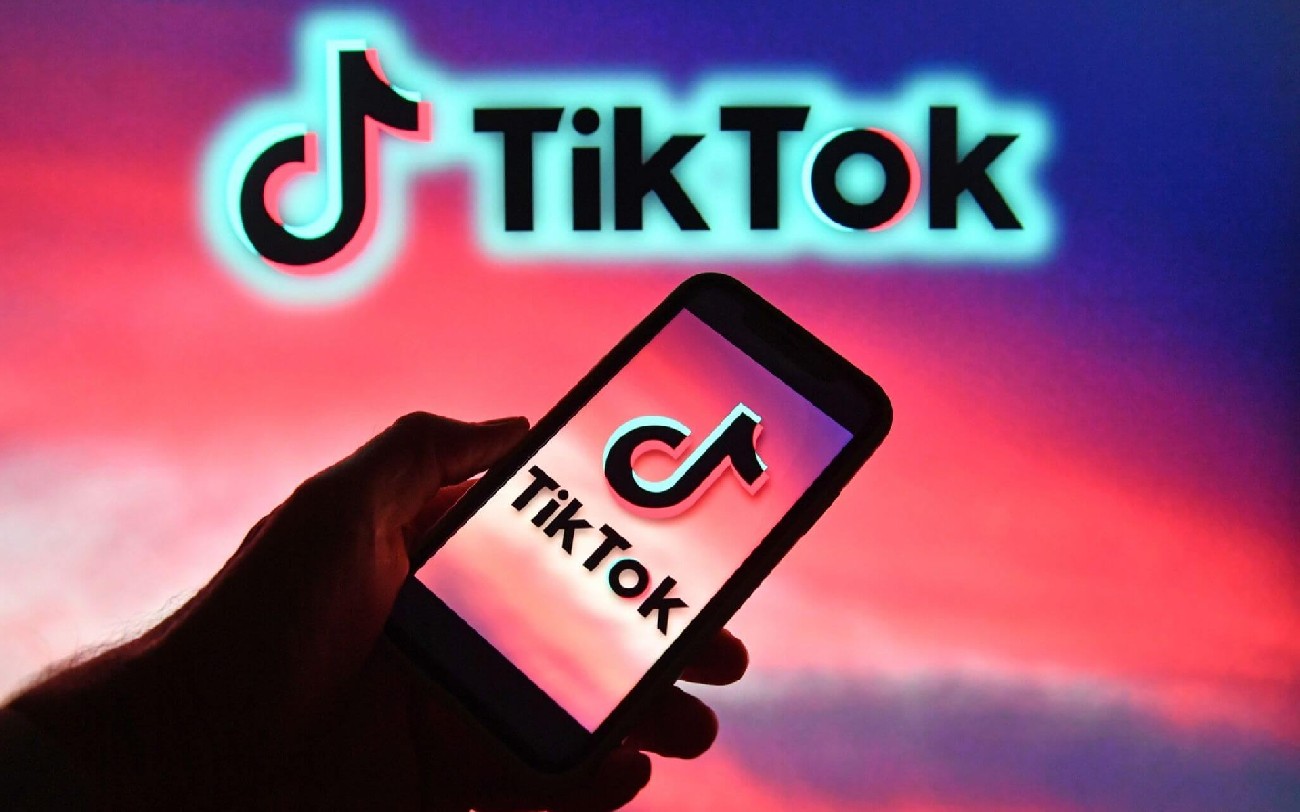As TikTok rapidly evolves into a global social and e-commerce platform, it presents new business opportunities for cross-border sellers. By forming brand alliances with other well-known brands, influencers, or Key Opinion Consumers (KOCs), sellers can effectively leverage resource sharing, maximize complementary strengths, and drive market expansion. This article, from NoxInfluencer, explores how brand alliances within the "influencer economy" can bring greater commercial value and brand influence to cross-border e-commerce businesses.

1. Overview of Brand Alliances in the Influencer Economy
With the rise of social media, the influencer economy has become a core driving force in digital marketing. The influencer economy refers to brands collaborating with influencers or other brands to leverage their social platform impact for enhanced brand visibility and conversion. TikTok, being a platform rich in interactive and diverse content, provides fertile ground for this type of collaboration.
For cross-border e-commerce, working with influencers helps convey brand messages to target audiences more effectively. At the same time, forming alliances with other brands increases brand visibility while offering more opportunities for resource sharing. This strategy has become common practice among major brands and provides a new growth direction for cross-border e-commerce businesses.
2. Core Advantages of Brand Alliances
1. Resource SharingOne of the greatest advantages of brand alliances is the integration and sharing of resources. Whether it’s between brands or with Key Opinion Leaders (KOLs), both parties can access each other's market resources. For instance, brands can reach each other's fan base and target audiences through cooperation. This exchange of resources not only expands brand exposure but also reduces the cost of entering new markets. For cross-border e-commerce, especially when entering unfamiliar markets, leveraging the influence of well-known brands or local KOLs can accelerate brand penetration.
2. Complementary StrengthsIn brand alliances, each party can complement the other's strengths. Cross-border e-commerce businesses, for instance, can improve their credibility in target markets by partnering with renowned brands or influencers. These partnerships help cross-border companies gain insights into local market culture and consumer behavior, which they may otherwise lack. By leveraging local partners, businesses can offer more market-appropriate products and services, avoiding marketing barriers caused by cultural differences.
3. Market Expansion and Global InfluenceBrand alliances enable cross-border e-commerce businesses to achieve rapid market expansion. Through a global platform like TikTok, brands are no longer confined to local markets but can enter multiple countries and regions through partnerships. For example, collaborating with KOLs with international influence allows businesses to promote products to followers across multiple nations, increasing global brand awareness. Furthermore, the endorsement of well-known brands significantly enhances the credibility of cross-border e-commerce brands, increasing consumer trust.
4. Enhanced Creativity and Interactivity in Marketing CampaignsTikTok is renowned for its creative tools and high level of interactivity. Through brand alliances, businesses can launch more appealing marketing campaigns by utilizing creative short videos, challenges, or joint live streams. For instance, multi-brand challenge campaigns can not only increase user engagement but also amplify exposure through collaborative promotions.
3. Operating Models of Brand Alliances
Building successful brand alliances on TikTok requires cross-border e-commerce businesses to focus on key operational aspects during planning and execution:
1. Defining Goals and RolesWhen forming alliances with other brands or influencers, cross-border e-commerce businesses must clearly define the objectives and roles of each party. For instance, brand partnerships may focus on different market sectors and product categories, while KOLs may handle specific promotional formats and content creation. Setting clear goals ensures that each party achieves expected results and avoids potential conflicts of interest.
2. Collaborating on Creative ContentTikTok’s content characteristics require brands to prioritize creativity and entertainment in their marketing content. Cross-border e-commerce brands can work with their partners to develop innovative content strategies that maintain consistent brand image and appeal. For example, incorporating interactive elements such as user comments, polls, or contests in short videos or live streams can enhance user interaction with the brand.
3. Data-Driven Strategy OptimizationDuring collaboration, all parties can use TikTok's analytics tools to monitor campaign performance in real-time, adjusting and optimizing strategies based on data insights. Cross-border e-commerce businesses can analyze audience purchasing behavior, preferences, and engagement patterns to refine product selection, pricing strategies, and content styles. Data-driven collaboration improves marketing effectiveness and provides valuable insights for future partnerships.
4. Challenges and Solutions in Brand Alliances
1. Harmonizing Brand ImagesCollaborations between different brands may face challenges related to brand image conflicts. If the collaborating brands have conflicting images or market positioning, it can confuse or upset consumers. Cross-border e-commerce businesses must ensure that their partners’ brand values align with their own, and that their target audiences are consistent.
2. Profit Sharing and Responsibility AllocationProfit-sharing and responsibility allocation are key issues in brand alliances, especially when it involves revenue sharing or resource investments. Cross-border e-commerce businesses need to clearly define each party's responsibilities and establish a fair mechanism for profit distribution at the outset of the collaboration.
3. Bridging Cultural DifferencesCross-border e-commerce businesses typically operate in markets with diverse cultural backgrounds, which can impact the success of brand alliances. To address this challenge, businesses must thoroughly understand the target market’s culture and consumer behavior and adjust their marketing strategies accordingly.
Conclusion
TikTok's brand alliances in cross-border e-commerce are not just about resource sharing and complementary strengths; they also represent an innovative way to expand markets. By forming alliances with well-known brands, influencers, or KOLs, businesses can jointly create impactful marketing campaigns that share resources, complement strengths, and expand their market reach. This strategy helps reduce marketing costs, improve efficiency, and ultimately bring greater commercial value and brand influence to cross-border e-commerce enterprises.




